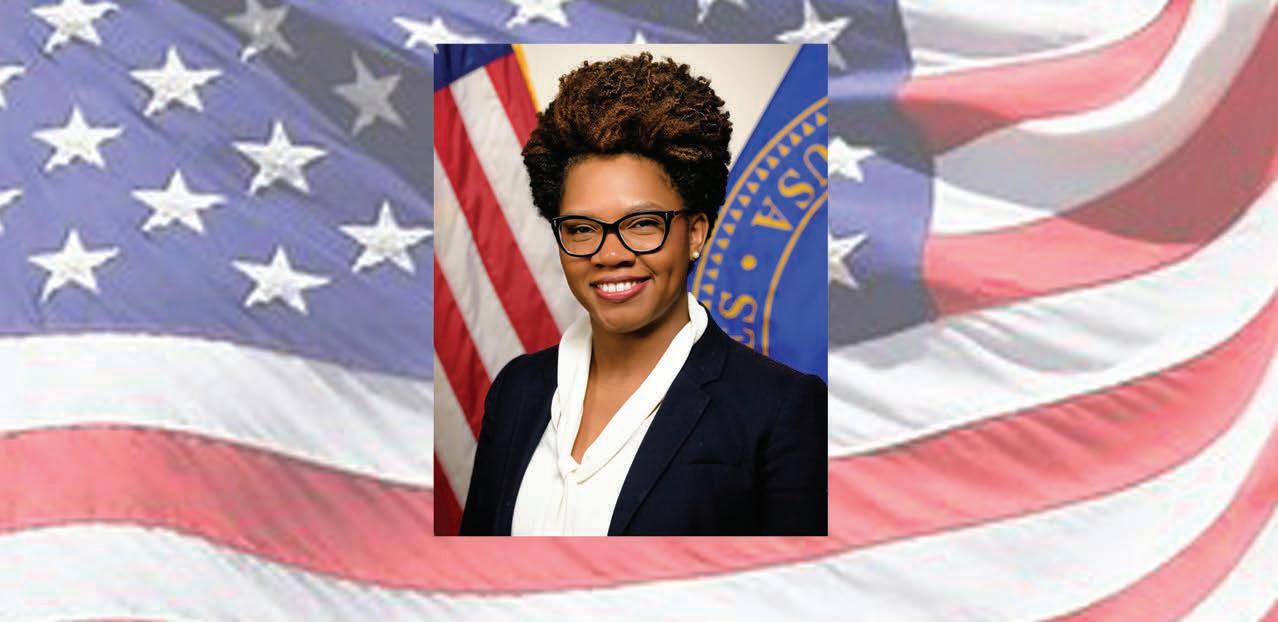Insights Collaborative, Timely, and Important Contributions from HRSA’s Workforce Center Directors By Peter Buerhaus, PhD, RN, FAAN Director, Center for Interdisciplinary Health Workforce Studies, Montana State University, Bozeman
I
n Spring 2020, the directors of the HRSA workforce centers, together with the Center for Interdisciplinary Health Workforce Studies at Montana State University, came together to author two articles that were published as perspectives in the New England Journal of Medicine. Perspective articles focus on providing timely comments on relevant topics in health care and medicine in a brief and accessible style. The two publications reflected the experiences of the 7 authors who found their collaboration sparked by common concerns about issues affecting the nation’s health care workforce and the delivery of health care. The first issue focused on describing how state regulations governing the scope of practice of health professionals are counterproductive. At a time when health care delivery systems across the country are trying to experiment with new ways to increase access to health care, their ability to innovate is often handcuffed by restrictions
20
imposed by state regulatory agencies, or even by their own institutional history, that unnecessarily limit the practice of many professionals. That is, such restrictions do not permit a clinician to provide all the services they are educated and competent in providing.
“At a time when health care delivery systems across the country are trying to experiment with new ways to increase access to health care, their ability to innovate is often handcuffed by restrictions imposed by state regulatory agencies, or even by their own institutional history, that unnecessarily limit the practice of many professionals.”
This constrains the ability of health care systems to innovate and also limits the capacity to increase access to care, lower costs, provide more care in community settings, and increase the value of the care provide by health professionals. The perspective article offered strategies and specific actions that policy makers and organizations could pursue to modify existing restrictions so that the nation’s health care workforce can be used more wisely and productively than it is currently. Shortly after this perspective was published on February 13, 2020, the COVID-19 pandemic began to dominate the attention of the media, health care delivery organizations, and federal and state public leaders. By the second week of March, it had become clear that the Corona virus was threatening New York City and concern began to grow over the realization that other “hot spots” would likely develop throughout the nation. All of us became familiar with a new term “social distancing” and our lives changed suddenly and profoundly. These developments were not lost on the author team of workforce directors who put their minds and writing pens together and quickly prepared a second article for the New England Journal of Medicine. At the time, most of the media and















